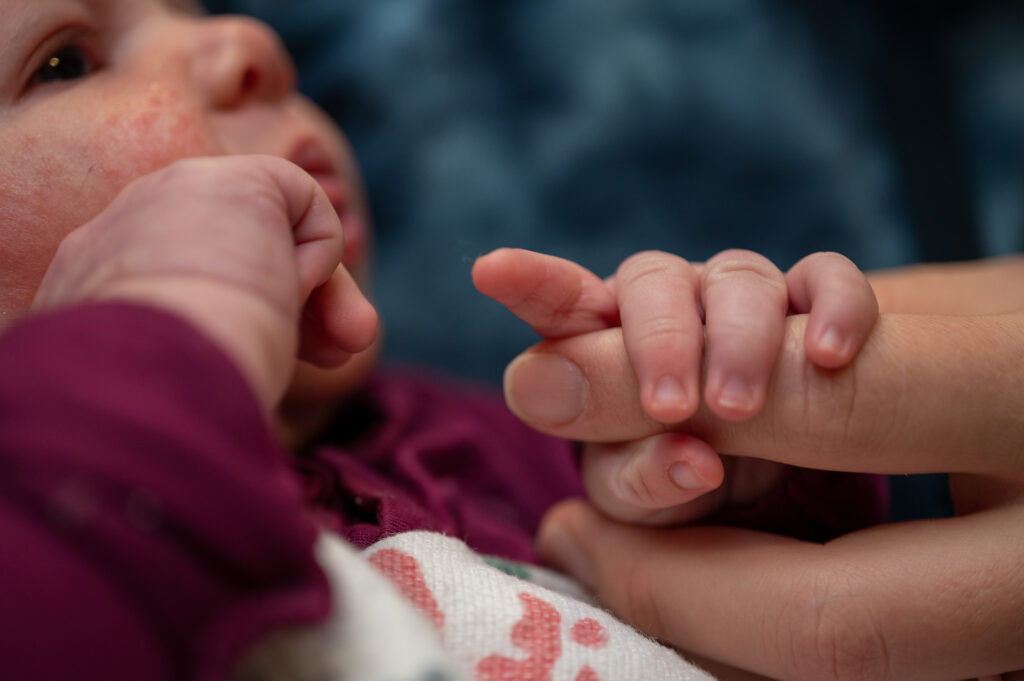As director of the Division of General Academic Pediatrics and president of UPMC Children’s Community Pediatrics (CCP), Alejandro Hoberman, MD, recently led a team of researchers in developing a new smartphone app that uses artificial intelligence (AI) to accurately diagnose ear infections in children.
Every day, doctors in the Division of General Academic Pediatrics are driving innovative research to improve care for children throughout our community.
Improved Diagnostic Accuracy = Improved Care
About 70% of children experience middle ear infections before they turn 1 year old, but the condition is difficult to identify and often misdiagnosed, which can lead to unnecessary use of antibiotics and prolonged illness and discomfort.
Using this innovative AI tool, Dr. Hoberman and his team achieved 94% accuracy in diagnosing ear infections in pediatric patients, while past studies have shown accuracy ranging from 30% to 84%. Diagnosing this condition is challenging in part due to the subtlety of the visual indicators around the eardrum (which are made even more difficult to spot in infant patients who cannot remain still during examination). Additionally, middle ear infections are easily confused with a different ear condition that cannot be aided by antibiotics. The team is working with potential commercial partners to undergo FDA-certification for this technology and make it available in pediatric offices, reducing instances of misdiagnosis, and leading to better care for children.
Care for Communities in the Region
There are more than 55 CCP offices located throughout western and central Pennsylvania. In addition to providing everyday well and sick care to children, select locations offer families participation in cutting-edge research studies like this one. These studies enable physicians to identify better ways to treat or prevent everyday illnesses.
The mission of the Division of General Academic Pediatrics is to improve the health and well-being of children, families, and communities through high quality patient care, leadership in the education of health care providers, high impact research in common pediatric problems, and advocacy in promoting child and family health. This landmark study is just one example of this mission in action.

